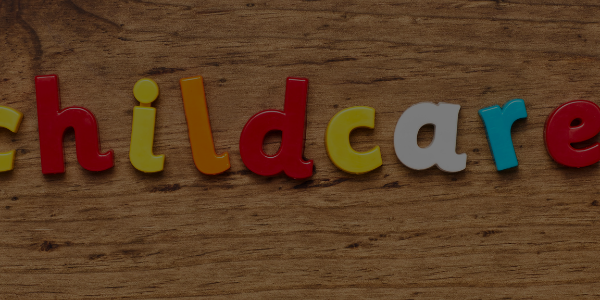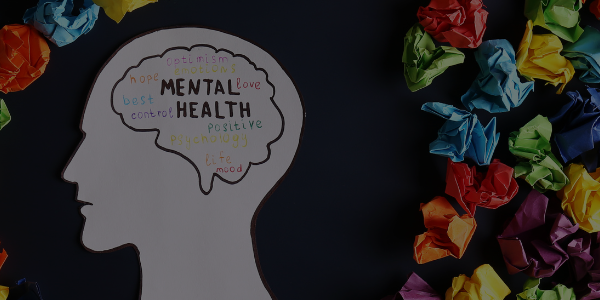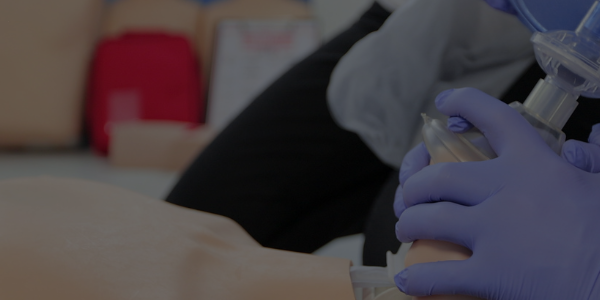We all get cuts, scrapes, and bruises sometimes.
These minor injuries can be more than just a nuisance. They may also cause you to worry about bleeding, infections, and scarring.
But there are simple steps you can take to treat most minor cuts and wounds.
What is a Cut?
A cut is an open wound that often happens from a sharp object like a knife or glass. Cuts can also be caused by sharp fingernails or teeth. Sometimes cuts can be deep and can cause a lot of blood loss. Cuts are one of the most common injuries that affect people of all ages.
The amount of bleeding depends on the severity of the cut and its location:
- Minor cuts: These may stop bleeding on their own. If they don’t, apply pressure to the site.
- Deep cuts: A deep cut may not stop bleeding even with pressure applied to the site. If it continues to bleed profusely, seek immediate medical attention. This is a medical emergency.
What causes minor cuts and wounds?
- Cuts and wounds come from accidents or intentional acts. For example, your child may fall down on the playground or you might accidentally cut yourself with a kitchen knife while cooking dinner. Or you might get hurt after being hit by someone else or after hitting something yourself, such as a baseball hitting your mouth while playing softball. In some cases, people intentionally injure themselves by cutting their skin (self-injury)
- These injuries usually require surgery; this includes tendon repairs and suturing nerves together again as well as stitching up the area around them. Damage to arteries causes major blood loss; this also requires immediate medical attention to stop the bleeding quickly
- Treat minor cuts and scrapes with a first aid antibiotic ointment and a bandage. If the cut is not deep, you may not need a bandage. If you do need to cover the wound, make sure it is dry first. Cover it with gauze or an adhesive bandage. Change the bandage daily, or more often if it gets wet or dirty. Keep the area clean and dry for about 5 days, until the cut has closed up.
- Even minor injuries like cuts, bites, and scrapes can cause infections if they are not treated properly. Signs of infection include pain that gets worse instead of better, swelling around the injured area, redness or discoloration of the skin, or pus (yellowish fluid) draining from the injured area.
If you think an injury is infected or it doesn’t get better within 2 days, see your doctor as soon as possible.
Please note that regular First Aid and CPR Training is the best way to make sure that you’re prepare in the case of an emergency. Book a course with us!
Find this article useful? Read more of our blogs here!





